Introduction
In today's customer-centric world, personalization is vital for achieving excellence in customer experience management (CEM). Customers now demand interactions tailored to their individual preferences and needs, making personalization an essential strategy for businesses seeking to enhance loyalty and satisfaction.
Customer Experience Management (CEM) entails the meticulous oversight and enhancement of every customer interaction with a brand, ensuring a seamless and gratifying journey. Effective CEM involves anticipating customer needs, personalizing engagements, and creating impactful experiences that leave a lasting impression.
This blog will provide insights on how personalization enhances customer experiences, outline effective strategies and best practices. Additionally, we will explore future trends in personalization technology, offering actionable insights to refine your customer experience management approach.
Understanding Customer Experience Management
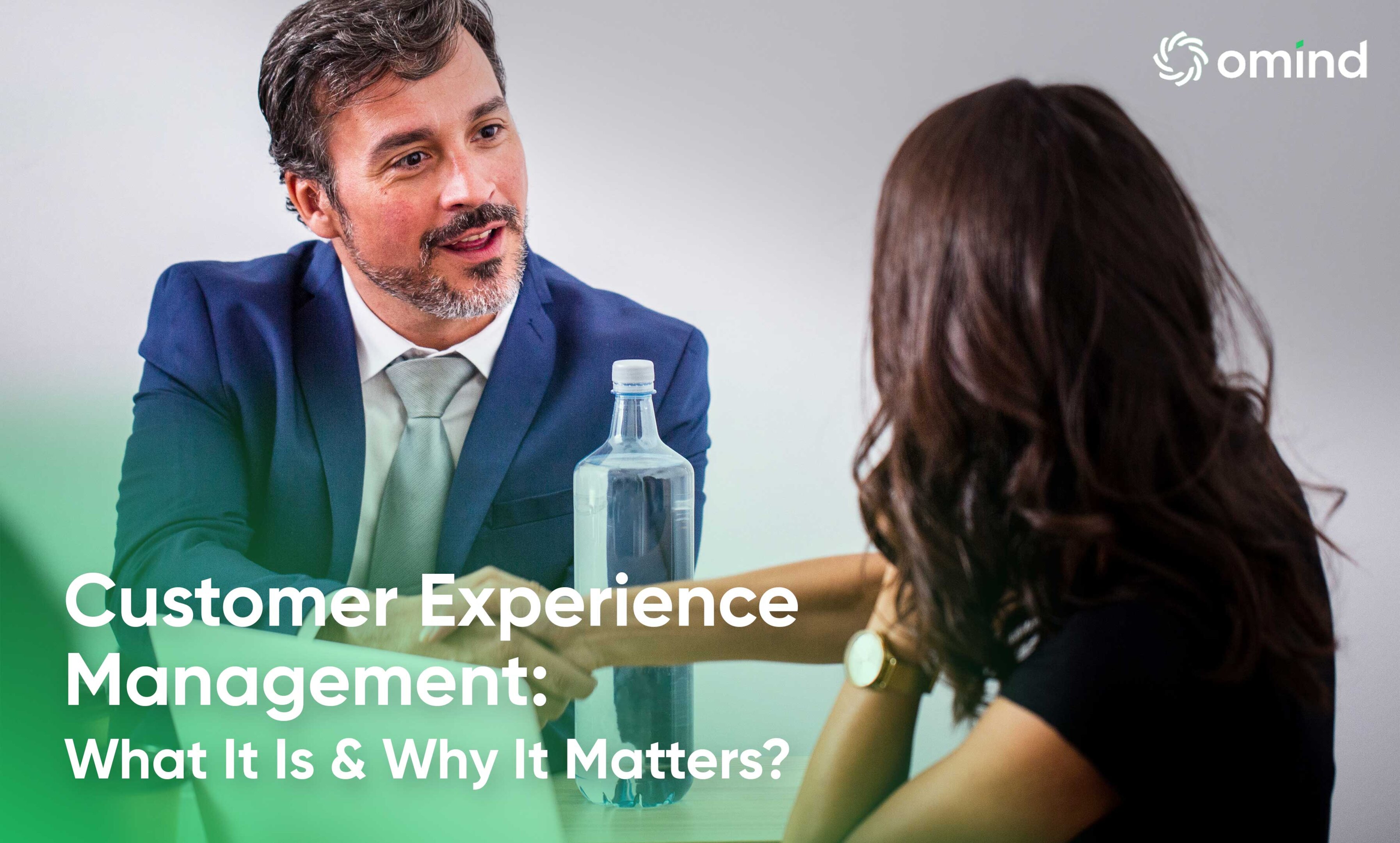
To fully understand the role of personalization in enhancing customer experience, it's essential to grasp the concept of Customer Experience Management (CEM).
Customer Experience Management (CEM) is the strategic process of overseeing and refining every interaction a customer has with a brand. It encompasses all touchpoints across the customer journey, from initial awareness and engagement to post-purchase support and loyalty. The goal of CEM is to create a seamless, consistent, and positive experience that meets or exceeds customer expectations, thereby driving customer satisfaction, loyalty, and advocacy.
The Importance of Personalization in Customer Experience Management
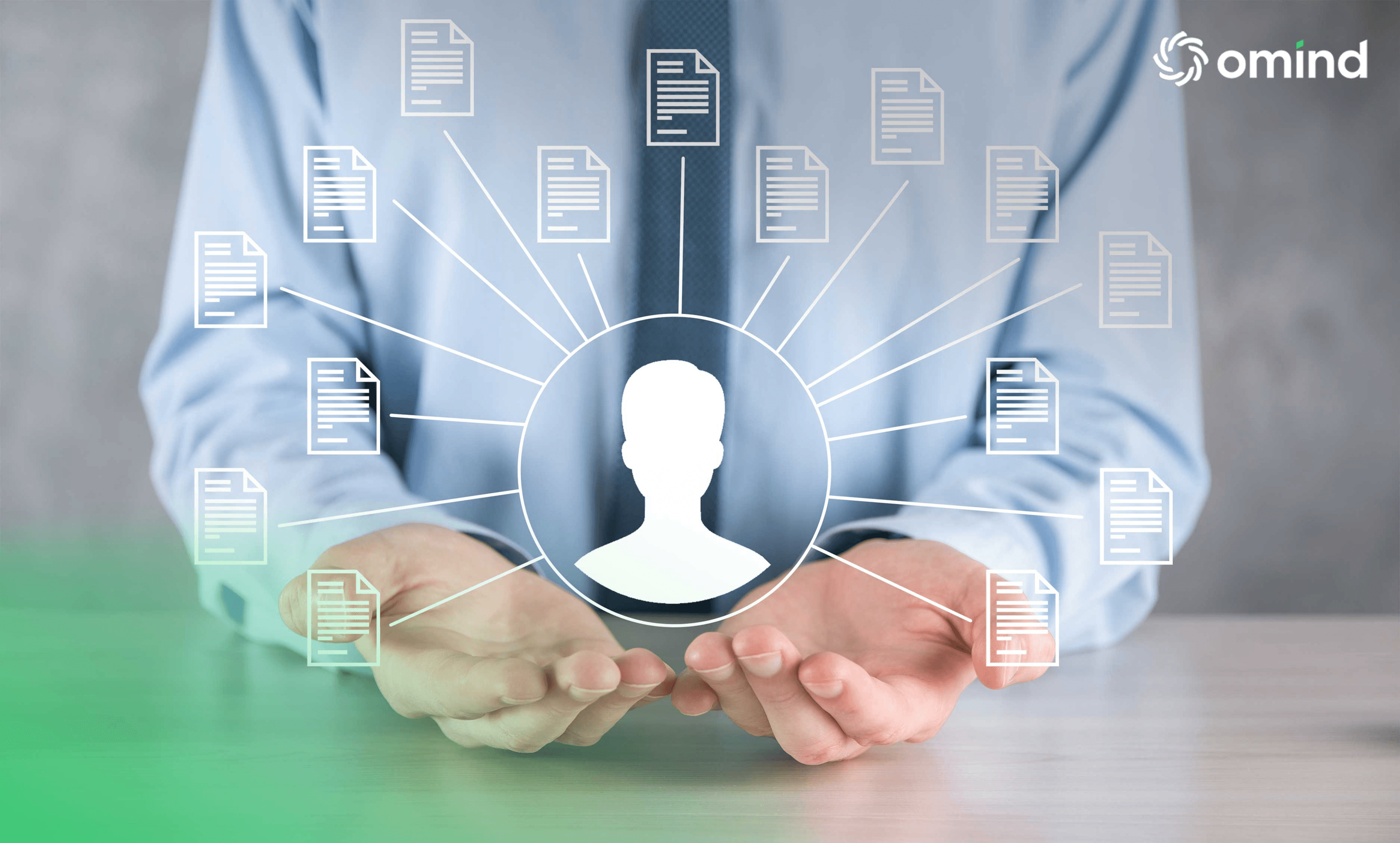
Personalization significantly enhances Customer Experience Management by tailoring interactions to individual customer preferences and behaviors. By leveraging data and insights, businesses can create customized experiences that resonate with customers on a personal level. This approach not only improves customer satisfaction but also fosters deeper connections and loyalty.
Personalization can take many forms, from personalized web content and product recommendations to customized email communications, all contributing to a more engaging and relevant customer experience.
The Role of Website Personalization in Enhancing Customer Experience
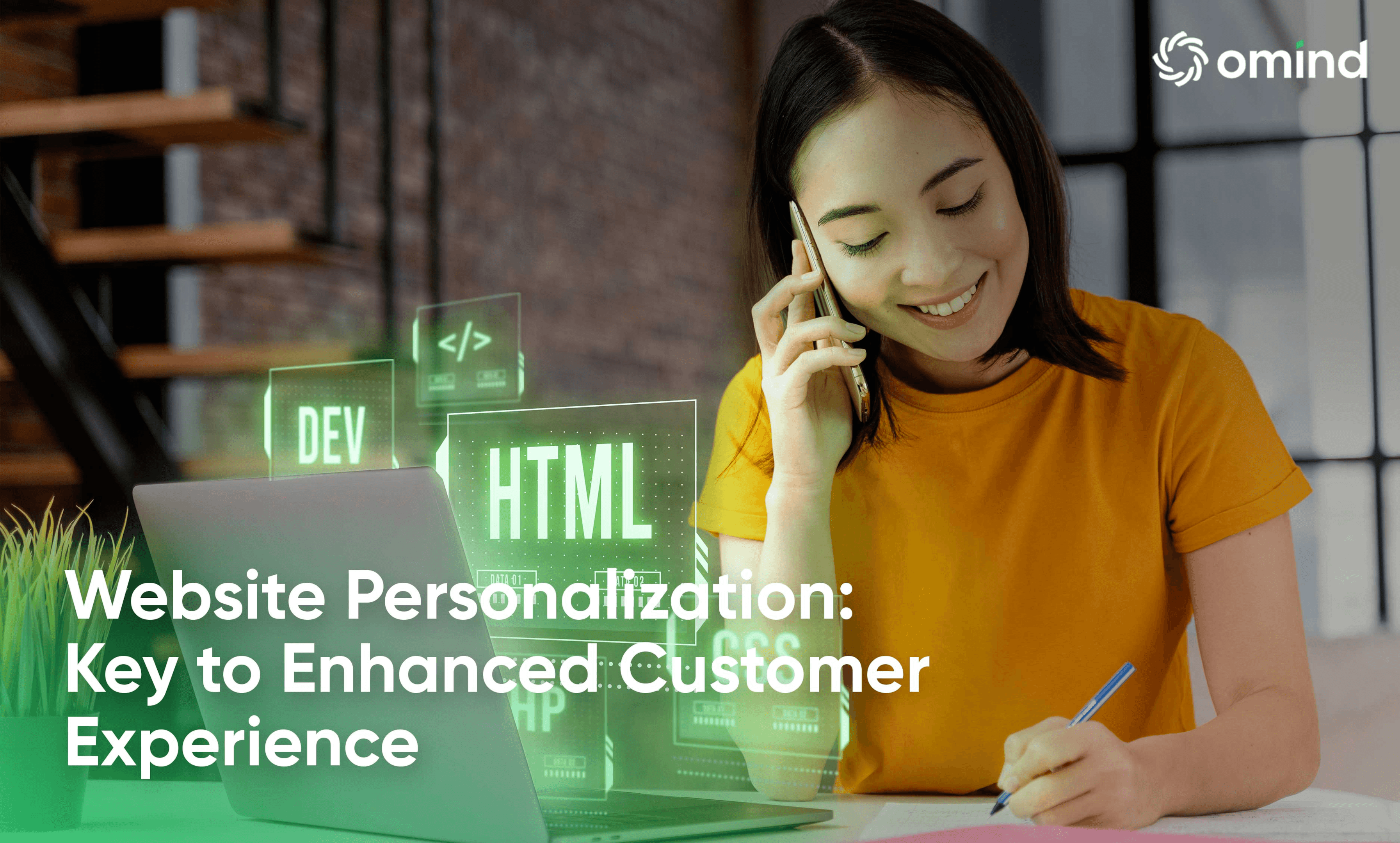
With a clear understanding of Customer Experience Management and the critical role personalization plays, we can now explore how website personalization specifically contributes to a superior customer experience.
Benefits of Website Personalization
Personalized websites offer numerous advantages that significantly enhance customer experience. Firstly, they provide tailored content that meets the specific needs and preferences of each visitor, making the browsing experience more relevant and engaging. This relevance increases the likelihood of conversions, as customers are more likely to interact with content that speaks directly to their interests.
Secondly, personalized websites can reduce bounce rates by presenting visitors with pertinent information right from the start, thereby encouraging them to stay longer and explore more. Additionally, personalization fosters a sense of connection and loyalty, as customers feel recognized and valued when their preferences are acknowledged and catered to.
Website Personalization Strategies
Dynamic Content Delivery: Use customer data to display personalized content such as product recommendations, special offers, and tailored messages based on browsing history and behavior.
Segmented Audience Targeting: Divide your audience into segments based on demographics, behaviors, and preferences to deliver specific content that resonates with each group.
Personalized Call-to-Actions (CTAs): Create CTAs that address individual customer needs and stages in the buyer’s journey, increasing the likelihood of engagement and conversion.
Behavioral Trigger Emails: Send personalized emails triggered by customer actions on your website, such as cart abandonment or product views, to re-engage and guide them towards conversion.
Custom Landing Pages: Design landing pages tailored to different audience segments, ensuring visitors are greeted with relevant content that matches their interests and needs.
Web Content Personalization Techniques
Personalized Recommendations: Utilize algorithms to suggest products or content based on past user behavior and preferences, enhancing the relevance of the suggestions.
Customized User Interfaces: Adjust the layout and features of your website based on user data to create a more intuitive and personalized browsing experience.
Geo-Targeting: Use the visitor’s geographic location to personalize content, offers, and language settings, ensuring a more localized and relevant experience.
By implementing these website personalization strategies and techniques, businesses can significantly enhance their customer experience, driving engagement, satisfaction, and loyalty.
Best Practices to Implement Effective Customer Experience Personalization
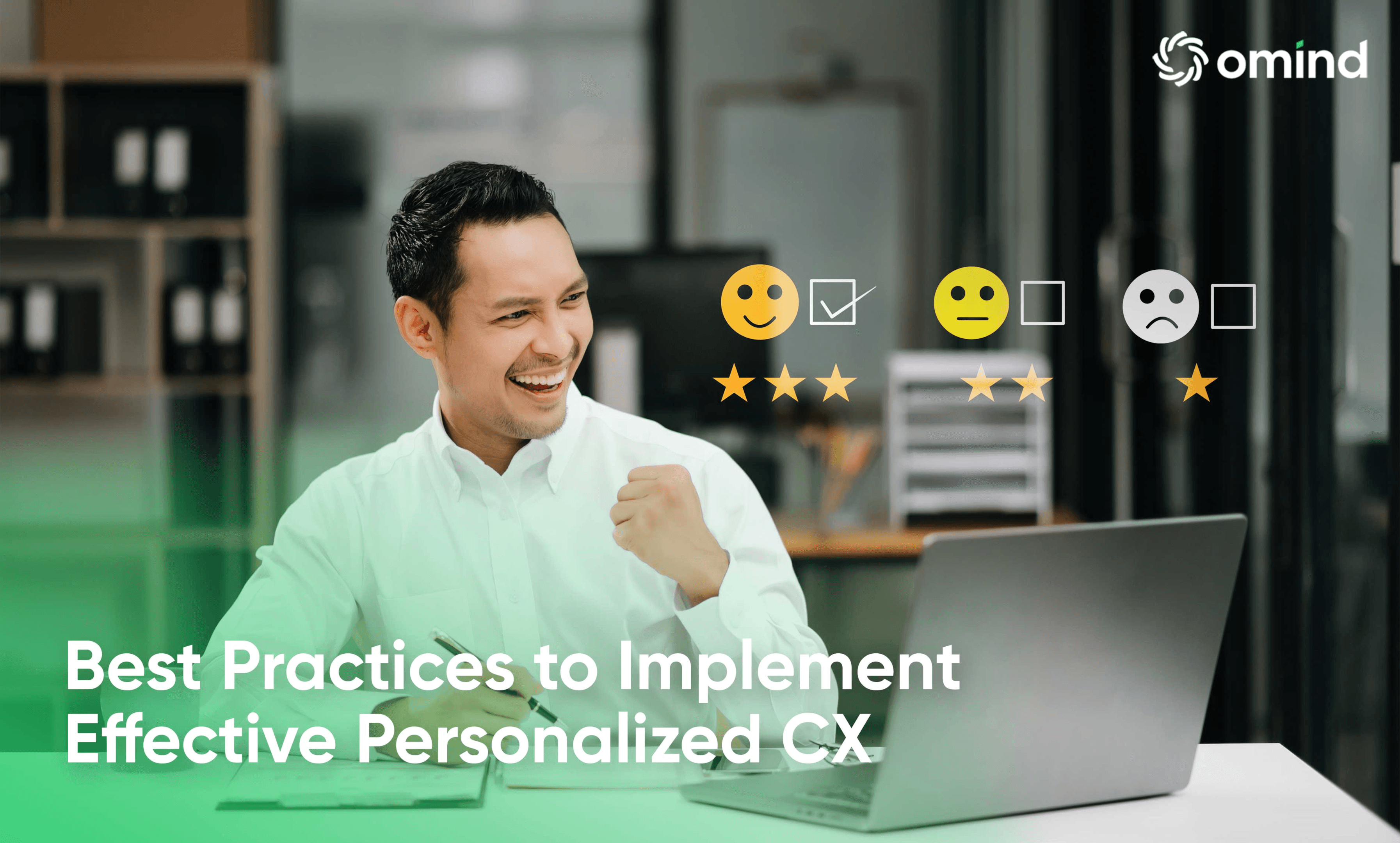
Having explored the benefits and strategies of website personalization, it's crucial to understand how to implement these personalized experiences effectively. Here are some best practices for creating a customized and engaging customer journey.
Personalized Customer Touchpoints and Customized Experience
Creating personalized experiences involves tailoring each customer touchpoint to meet individual preferences and needs. Here are some key approaches:
Personalized Landing Pages: Design landing pages that address specific customer segments or campaigns. For instance, a landing page tailored for returning customers can feature products they previously viewed or similar items, while new visitors might see popular products or introductory offers.
Dynamic Website Content: Use dynamic content to adjust what is displayed based on user behavior. This can include personalized banners, recommendations, and messages. For example, showcasing products that a customer has shown interest in or suggesting complementary items based on their purchase history.
Customized Email Marketing: Implement personalized email campaigns that address the recipient by name and offer content relevant to their interests and past interactions. Behavioral triggers, such as abandoned cart reminders or follow-ups on viewed products, can significantly increase engagement and conversion rates.
Tailored Customer Service Interactions: Equip your customer service team with detailed customer profiles, enabling them to provide personalized support. By understanding a customer’s history and preferences, support agents can offer more relevant solutions and recommendations.
Mobile Personalization: Optimize mobile experiences by ensuring that personalization efforts are seamlessly integrated across devices. This includes personalized push notifications, in-app messages, and mobile-optimized content that matches the user’s interests and behaviors.
By focusing on these touchpoints, businesses can create a cohesive and personalized customer journey map that enhances satisfaction and loyalty.
Leveraging Data for Personalization
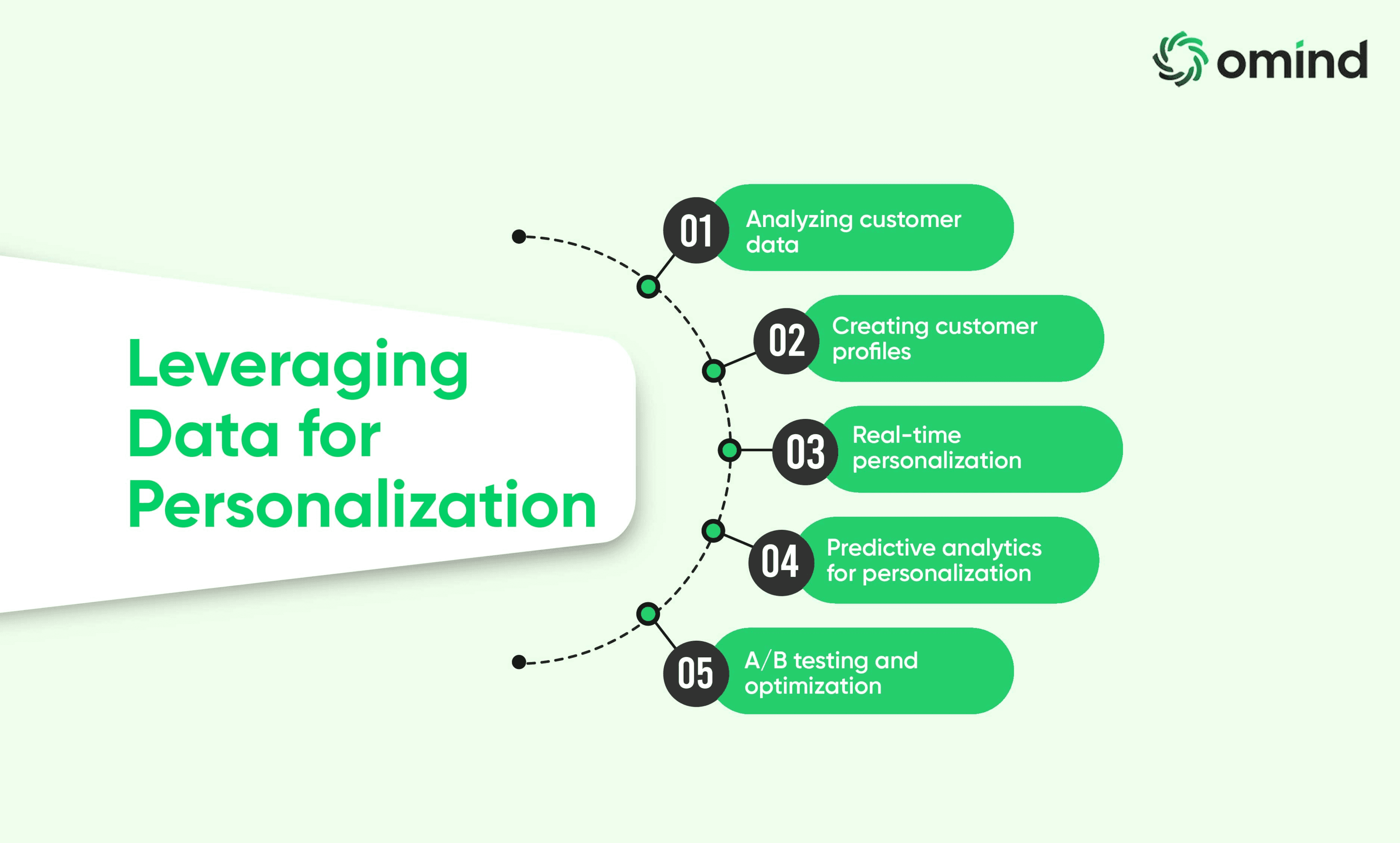
Effective personalization hinges on the strategic use of customer data. Here’s how to leverage data for meaningful personalization:
Collecting Comprehensive Data: Gather data from various sources, including website interactions, purchase history, customer feedback, and social media activity. This data provides a holistic view of customer behavior and preferences.
Utilizing Advanced Analytics: Employ advanced analytics tools to process and analyze the collected data. Machine learning algorithms can identify patterns and trends, helping to predict customer needs and personalize experiences accordingly.
Segmentation and Targeting: Use data to segment your audience into distinct groups based on common characteristics and behaviors. This allows for more precise targeting and tailored experiences for each segment.
Real-Time Personalization: Implement systems that enable real-time data processing and personalization. This ensures that content and offers are always relevant to the customer’s current context and behavior.
By leveraging data effectively, businesses can deliver highly personalized experiences that resonate with customers and drive engagement and loyalty.
Common Personalization Challenges and How to Overcome Them

While personalization offers significant benefits, it also comes with its own set of challenges. Addressing these challenges effectively is crucial for implementing successful personalization strategies.
Data Privacy Concerns: Collecting and using customer data for personalization can raise privacy issues. Ensure compliance with data protection regulations like GDPR and CCPA by obtaining explicit consent from customers and being transparent about data usage.
Data Quality and Integration: Poor quality data or data silos can hinder personalization efforts. Invest in robust data management systems to ensure data accuracy and integrate data from multiple sources for a unified customer view.
Scalability: Personalization can become complex as the customer base grows. Utilize scalable technologies, such as AI and machine learning, to manage and automate personalization efforts effectively across a large audience.
Resource Constraints: Implementing personalization can be resource-intensive. Prioritize high-impact personalization initiatives and leverage third-party tools and platforms to optimize resources.
Balancing Personalization and Privacy: Striking the right balance between personalized experiences and respecting customer privacy is essential. Use anonymized data where possible and offer customers control over their personalization settings.
By proactively addressing these challenges, businesses can implement effective and sustainable personalization strategies that enhance the customer experience and drive loyalty.
Strategies for Customized Customer Interactions

Building on the understanding of effective personalization practices, it is essential to master the art of customized customer interactions across various touchpoints. Here are some strategies and tools to deliver personalized customer service seamlessly.
Tools and Techniques for Personalization
Segmentation Tools: Divide your customer base into specific segments based on behavior, preferences, or demographics. This targeted approach ensures that your communications are relevant and engaging for each group.
Personalization Engines: Utilize AI-driven personalization engines to deliver content and recommendations tailored to individual user profiles. These tools help in crafting experiences that resonate with each customer's unique preferences.
CRM Integration: Integrate your Customer Relationship Management (CRM) system with other tools to maintain a unified view of the customer. This integration enables consistent and personalized interactions across all touchpoints.
Email Marketing Automation: Use automated email platforms to send personalized messages based on customer actions or milestones. This approach ensures timely and relevant communications that foster engagement and loyalty.
Chatbots and AI Assistants: Implement chatbots and AI assistants to provide real-time, personalized customer support. These tools enhance the customer experience by offering immediate and customized assistance.
Behavioral Analytics: Leverage behavioral analytics to understand how customers interact with your website or app. This data-driven insight allows you to create more personalized and engaging user experiences.
Social Media Personalization: Tailor your social media content and responses based on user interactions and feedback. This personalized approach helps in building stronger connections and ensuring that customers feel valued.
By incorporating these strategies into your customer interaction framework, you can transform every touchpoint into a tailored and memorable part of the customer journey. This not only enhances customer satisfaction but also drives long-term loyalty and advocacy.
Takeaway
Personalization is pivotal in achieving excellence in Customer Experience Management (CEM). By leveraging data to tailor interactions and implementing effective personalization strategies, businesses can significantly enhance customer satisfaction, loyalty, and engagement.
This blog has outlined the benefits of website personalization, strategies for customized customer interactions, and the best practices for leveraging data while addressing common challenges. By integrating these insights, businesses can create a cohesive, personalized customer journey that drives growth and loyalty in a competitive landscape.
For businesses aiming to remain competitive, implementing these personalization strategies is essential for fostering growth and customer loyalty. By crafting experiences that resonate on a personal level, companies can ensure that each customer feels valued and understood.
By focusing on personalized customer experience, companies can create a virtuous cycle where satisfied customers lead to increased brand loyalty, driving continuous business growth and a competitive edge in the market. For businesses looking to implement these strategies, partnering with Omind can be a strategic move. We can help businesses navigate the complexities of enhancing customer experience.
Schedule a demo with us today to explore how we can transform your customer experience strategies into tangible results.
AUTHOR
Team Omind
Empowering Businesses with Unified Customer Experience Platform, Leveraging Advanced AI and Intelligent Automation
PRODUCT
Unified CXM
Share LINK
Related Blogs



